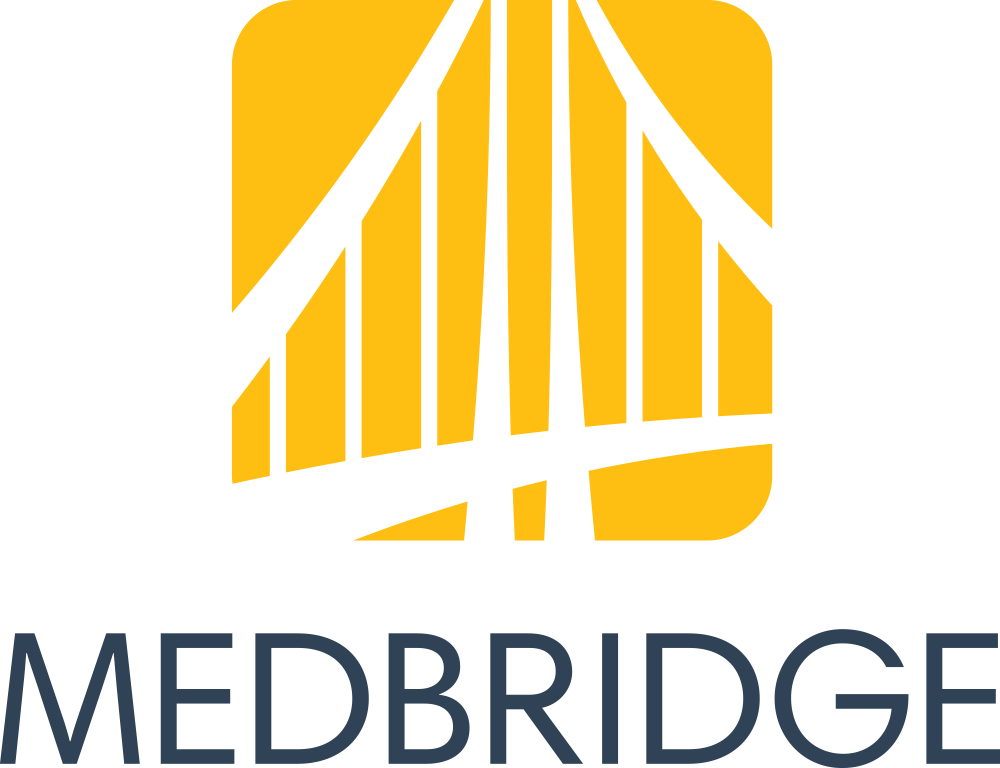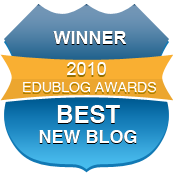As many of you know, Boston is quite proudly my own hometown. So although I would have gone to ASHA Convention regardless, I was thrilled to be involved with two proposals that were accepted for November's event. One is a collaboration with two wonderful colleagues from Waldo County General Hospital in Maine. Although I do not currently do telepractice, I have worked over the last several years with Amy Reid and Nathan Curtis and their staff there on the potential of tech tools within telepractice environments (e.g. apps and websites that can be used to set context and provide language-facilitating interactivity within a session). Here's some advance information on the sessions!
Topic Area: Language and Learning in School-Age Individuals
Session Number: 1327
Title: Pairing Picture Books & Apps for Contextualized Intervention: Hub of History & Innovation Edition
Session Format: Seminar 2-hours
Day: Friday, November 16, 2018
Time: 8:00 AM - 10:00 AM
Author(s): Sean Sweeney (PRESENTING AUTHOR: Author who will be presenting)
Another edition of this popular presentation from ASHA 2012-2017 describes pairings of picture books and apps setting intervention contexts related to science and social studies curriculum areas. Boston, a center of history and scientific innovation, is the perfect location for exploring connections between language intervention and these content area contexts, with picture books and apps providing tools for linguistic interactions.
Objectives:
-Identify 2 apps and picture books containing language structures and contexts within text, visuals and interactions
-State 4 features of disciplinary language within science and social studies providing contexts for language intervention
-Describe 2 session plans pairing books and apps based on contextual overlappings
Topic Area: Telepractice and Technology
Session Number: 1752
Title: Evolutionary Telepractice Approaches: Bridging the Gap Between Integrating Evidence-Based Methodologies & Methods of Delivery
Session Format: Seminar 2-hours
Day: Saturday, November 17, 2018
Time: 8:00 AM - 10:00 AMAuthor(s): Amy Reid (PRESENTING AUTHOR: Author who will be presenting), Sean Sweeney (PRESENTING AUTHOR: Author who will be presenting), Nathan Curtis (PRESENTING AUTHOR: Author who will be presenting)
Speech-Language Pathologists aim to meet the goal of evidence-based practice by integrating clinical expertise, scientific evidence, and client/patient/caregiver perspectives. This presentation discusses how to utilize evidence-based methodologies in telepractice. We will present the underlying research and methodologies as the framework upon which to make clinical decisions about context. We will share video demonstrations of materials and approaches.
Objectives:
List three ways to include evidence-based methodologies in telepractice sessions
Describe two clinical techniques applying technology with curriculum-based materials to complete evidence-based approaches in telepractice
State three ways to engage clients on curriculum-based content using digital and “hands-on” resources
Hope to see you there!
Tuesday, July 24, 2018
Tuesday, July 17, 2018
On obvious signs and "hidden rules..."
Presenting a video can be a simple use of tech that can establish context, provide visual support, engage students in discussion, and open the door to a related post-activity addressing language skills. A good example is this video which features about 100 unnecessary signs such as:
The video moves quickly, but pause as many times as you want! You can also screenshot to pick and choose signs you'd like to explore (perhaps a good move to work on functional reading). Some ideas on using the video:
-Metalinguistics: what makes the message obvious and unnecessary?
-Social Cognition: the video can be used to have students practice "thinking with their eyes" for the greater context of what makes the sign silly, as well as engaging in humor. Using signs in therapy activities is also a good way to introduce the related Social Thinking® concept of "Hidden Rules" (related to Dr. Brenda Smith Myles' Hidden Curriculum); there are many (more complex than shown here) rules that we need to learn through observation and experience in order to be successful socially.
-Narrative Language: Have students discuss or sketch stories depicting why someone thought these particular signs were necessary. This context would also allow for working on complex language and conjunctions like if, because, and so.
The video moves quickly, but pause as many times as you want! You can also screenshot to pick and choose signs you'd like to explore (perhaps a good move to work on functional reading). Some ideas on using the video:
-Metalinguistics: what makes the message obvious and unnecessary?
-Social Cognition: the video can be used to have students practice "thinking with their eyes" for the greater context of what makes the sign silly, as well as engaging in humor. Using signs in therapy activities is also a good way to introduce the related Social Thinking® concept of "Hidden Rules" (related to Dr. Brenda Smith Myles' Hidden Curriculum); there are many (more complex than shown here) rules that we need to learn through observation and experience in order to be successful socially.
-Narrative Language: Have students discuss or sketch stories depicting why someone thought these particular signs were necessary. This context would also allow for working on complex language and conjunctions like if, because, and so.
Subscribe to:
Posts (Atom)

.jpg)




